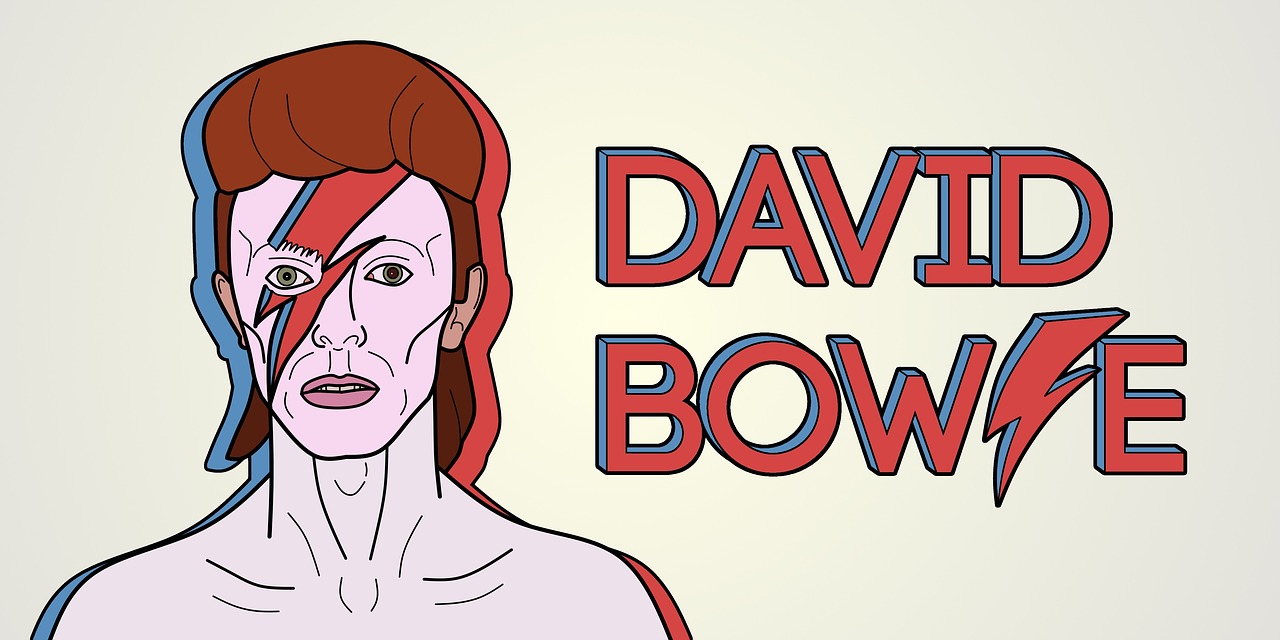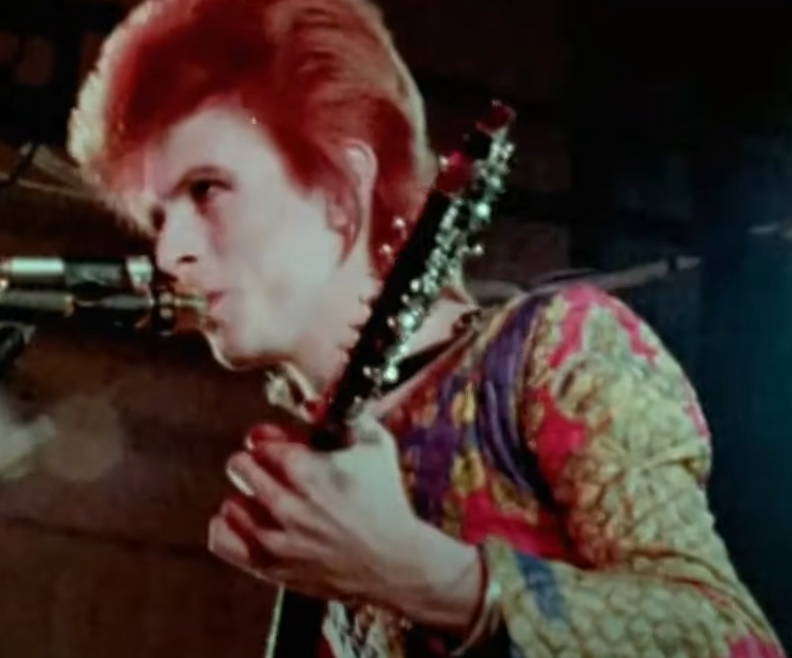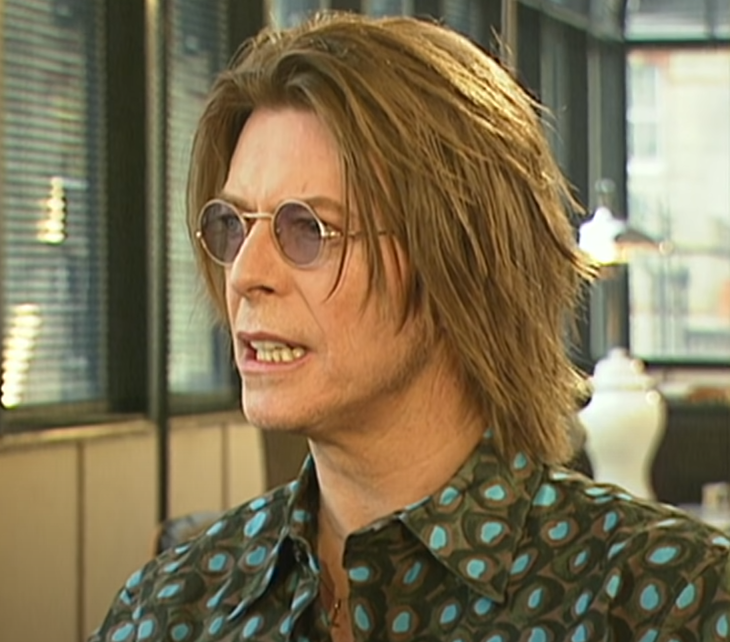
David Bowie was one of the most influential and innovative musicians of the 20th century. Over the course of his long and illustrious career, he created a vast and diverse body of work that spanned a wide range of genres and styles. Here are some of his most famous and iconic songs:
“Space Oddity” – Released in 1969, “Space Oddity” is one of Bowie’s most famous songs. It tells the story of an astronaut named Major Tom, who becomes lost in space. The song’s haunting melody and imaginative lyrics captured the public’s imagination and established Bowie as a unique and visionary songwriter.
“Heroes” – Released in 1977, “Heroes” is one of Bowie’s most beloved songs. It tells the story of two lovers who meet at the Berlin Wall and decide to be together, despite the political and social barriers between them. The song’s uplifting chorus and powerful lyrics have made it a timeless classic.
“Changes” – Released in 1971, “Changes” is a song about the constant evolution of life and the need to adapt to changing circumstances. Its catchy melody and memorable lyrics have made it one of Bowie’s most enduring hits.
“Let’s Dance” – Released in 1983, “Let’s Dance” is a funky, upbeat song that features a driving beat and infectious guitar riffs. Its catchy chorus and energetic rhythm made it a massive hit around the world.
“Life on Mars?” – Released in 1971, “Life on Mars?” is a surreal and thought-provoking song about the possibility of life on other planets. Its haunting melody and poetic lyrics have made it one of Bowie’s most enduring and beloved songs.
“Ziggy Stardust” – Released in 1972, “Ziggy Stardust” is a song about a fictional rock star who becomes a cult hero and ultimately meets a tragic end. Its catchy guitar riffs and dramatic storyline helped to establish Bowie as a visionary songwriter and performer.
“Rebel Rebel” – Released in 1974, “Rebel Rebel” is a rollicking, guitar-driven song that features Bowie’s trademark swagger and attitude. Its catchy chorus and infectious guitar riff have made it a classic rock anthem.
“Fame” – Released in 1975, “Fame” is a funky, disco-inspired song that features Bowie’s distinctive voice and a driving beat. Its catchy chorus and infectious rhythm helped to make it one of Bowie’s most successful and enduring hits.
“Golden Years” – Released in 1975, “Golden Years” is a smooth, soulful song that features Bowie’s unique vocal style and a jazzy, funky beat. Its memorable chorus and lush instrumentation have made it a favorite of Bowie fans and music lovers alike.
“Modern Love” – Released in 1983, “Modern Love” is a high-energy, synth-driven song that features Bowie’s distinctive voice and a catchy chorus. Its upbeat rhythm and catchy melody have made it a staple of 80s pop culture.
These are just a few of the many iconic songs that David Bowie created over the course of his long and illustrious career. Each one of them is a testament to Bowie’s creativity, vision, and enduring legacy as one of the greatest musicians and songwriters of all time.




